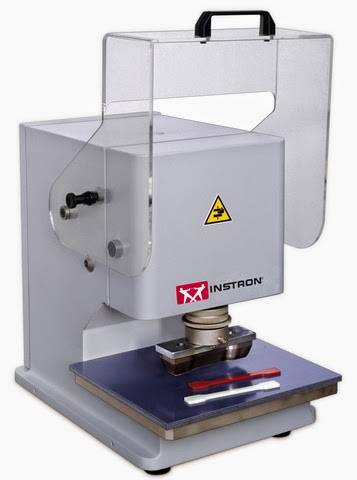For more rigid materials like metals, composites and hard plastics, there are specialized and dedicated machining or molding processes. For more flexible materials, such as plastic films, elastomers and soft plastics, there are many more options, since it is more feasible to cut these by hand.
If you are cutting specimens by hand, either with scissors, paper cutters, or other manual processes such as hollow dies and mallets, you should be aware that this can be detrimental to your subsequent tensile test results. Of course, for any specimen preparation procedure, there should be best practices set in place to ensure maximum consistency and repeatability. However, with manual preparation methods, it's inevitable that some operators simply have shakier hands or that some hit a mallet harder than others. At the end of the day, the samples get prepared, and it seems like the most important step.
What many people do not consider is that manual specimen preparation methods can contribute to variation in specimen quality. Naturally, the manual methods take a toll on the preparation equipment. Uneven pressure distribution and lack of protection of dies and blades lead to imperfections that mirror themselves in the specimens they are cutting. Though some of these imperfections may not be visible, even very small nicks can create stress concentrations in test specimens—especially for sensitive materials, such as films, foams and soft plastics. These stress concentrations can most obviously impact the specimen’s strain to failure, but arguably more importantly, can affect key results like modulus and yield.

So how can you mitigate this variation in your specimen preparation procedures? For any specimen preparation procedure, having a standard set of best practices is always recommended. But especially when there are multiple operators, or if turnover is high, a better option may be to use more automated preparation equipment. Instron CEAST hollow die punch machines (pictured above) apply even pressure to a specimen to ensure uniform stress distribution on the specimen, and maximum life of the blade. Dies are available for most common standardized tests, and custom dies are available upon request.
Instron CEAST milling equipment is ideal for consistent, low-volume preparation of hard plastics, composites and even some metal sheeting; notching equipment ensures accurate notch preparation for Charpy, Izod, and tensile impact tests.
For more information, take a look at our full suite of specimen preparation equipment here.